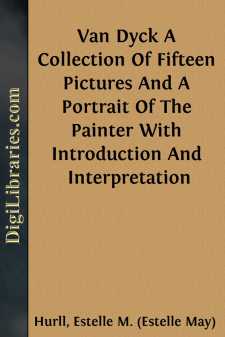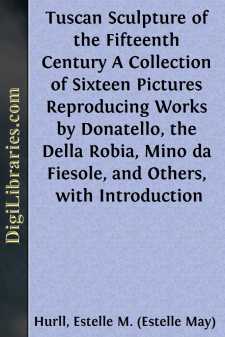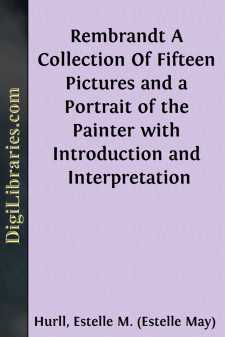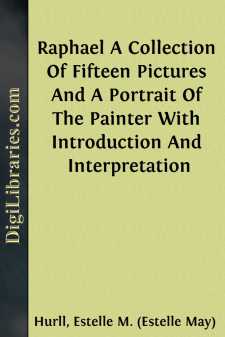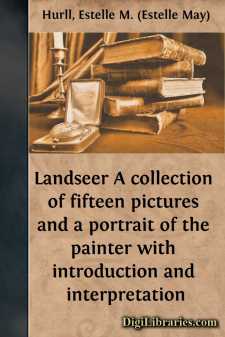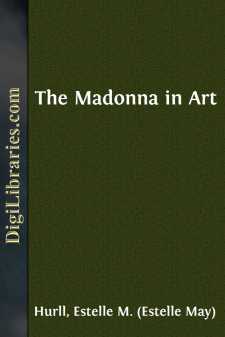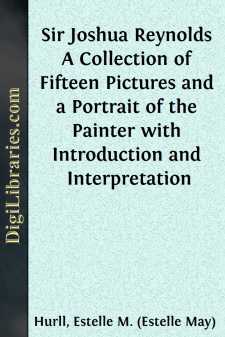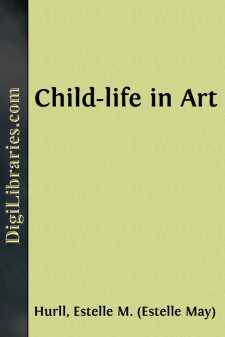Categories
- Antiques & Collectibles 13
- Architecture 36
- Art 48
- Bibles 22
- Biography & Autobiography 813
- Body, Mind & Spirit 142
- Business & Economics 28
- Children's Books 17
- Children's Fiction 14
- Computers 4
- Cooking 94
- Crafts & Hobbies 4
- Drama 346
- Education 46
- Family & Relationships 57
- Fiction 11829
- Games 19
- Gardening 17
- Health & Fitness 34
- History 1377
- House & Home 1
- Humor 147
- Juvenile Fiction 1873
- Juvenile Nonfiction 202
- Language Arts & Disciplines 88
- Law 16
- Literary Collections 686
- Literary Criticism 179
- Mathematics 13
- Medical 41
- Music 40
- Nature 179
- Non-Classifiable 1768
- Performing Arts 7
- Periodicals 1453
- Philosophy 64
- Photography 2
- Poetry 896
- Political Science 203
- Psychology 42
- Reference 154
- Religion 513
- Science 126
- Self-Help 84
- Social Science 81
- Sports & Recreation 34
- Study Aids 3
- Technology & Engineering 59
- Transportation 23
- Travel 463
- True Crime 29
Van Dyck A Collection Of Fifteen Pictures And A Portrait Of The Painter With Introduction And Interpretation
Categories:
Description:
Excerpt
INTRODUCTION
I. ON VAN DYCK'S CHARACTER AS AN ARTIST.
The student of Van Dyck's art naturally classifies the painter's works into four groups, corresponding chronologically to the four successive periods of his life. There was first the short period of his youth in Antwerp, when Rubens was the dominating influence upon his work. The portrait of Van der Geest, in the National Gallery, belongs to this time.
Then followed the four years' residence in Italy, when he fell under the spell of Titian. This was the period of the series of splendid portraits of noble Italian families which are to this day the pride of Genoa. Here too belong those lovely Madonna pictures which brought back for a time the golden age of Venetian art.
Upon his return to Antwerp, the six succeeding years gave him the opportunity to work out his own individuality. Some noble altar-pieces were produced in these years. Pleasant reminiscences of Titian still appear in such work, as in the often-used motif of baby angels; but in the subjects of the Crucifixion and the Pietà, he stands quite apart. These works are distinctly his own, and show genuine dramatic power.
During this Flemish period Van Dyck was appointed court painter by the Archduchess Isabella Clara Eugenia, Spanish Regent of the Netherlands. In this capacity he painted a notable series of portraits, including some of his most interesting works, which represent many of the most distinguished personages of the time.
The last nine years of Van Dyck's life were passed in England, where the family of Charles I. and the brilliant group of persons forming his court were the subjects of his final series of portraits. There were no altar-pieces in this period. At the beginning of his English work Van Dyck produced certain portraits unsurpassed during his whole life. The well-known Charles I., with an equerry, in the Louvre, is perhaps the best of these. His works after this were uneven in quality. His vitality was drained by social dissipations, and he lost the ambition to grow. Some features of the portraits became stereotyped, especially the hands. Yet from time to time he rose to a high level.
A painter so easily moulded by his environment cannot justly take rank among the world's foremost masters. A great creative mind Van Dyck certainly had not, but, gifted assimilator that he was, he developed many delightful qualities of his art. The combined results of his borrowing and his own innate gifts make him a notable and indeed a beloved figure in art history.
The leading note of his style is distinction. His men are all noblemen, his women all great ladies, and his children all princes and princesses. The same qualities of dignity and impressiveness are carried into his best altar-pieces. Sentiment they have also in no insignificant degree.
It is perhaps naming only another phase of distinction to say that his figures are usually characterized by repose. The sense of motion which so many of Reynolds's portraits convey is almost never expressed in Van Dyck's work, nor would it be consistent with his other qualities....


